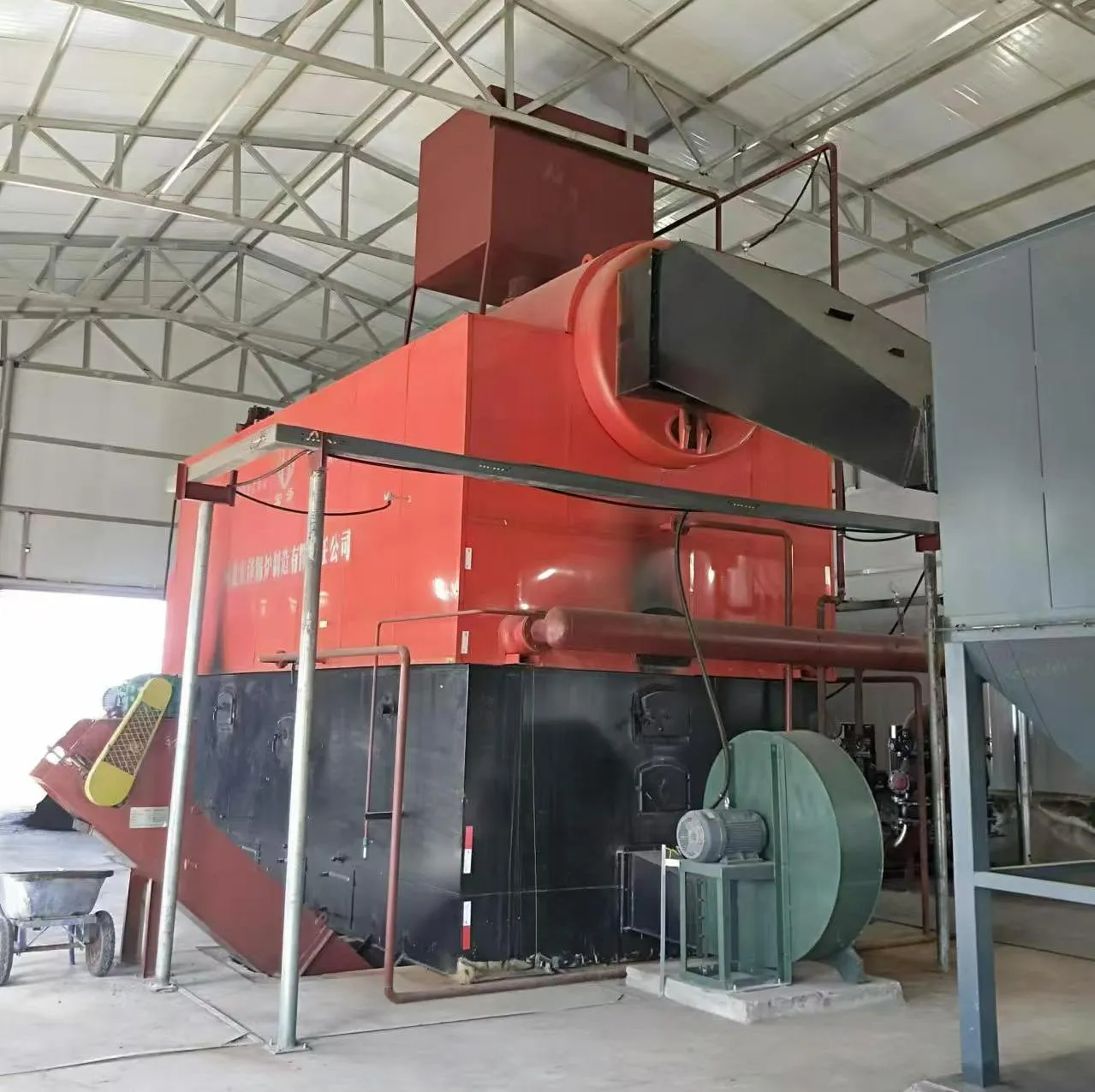
Dec . 11, 2024 10:43 Back to list
Understanding the Operation and Benefits of Steam Heat Furnaces for Efficient Heating
Steam Heat Furnaces The Backbone of Industrial Heating
In various sectors of manufacturing and industry, maintaining optimal temperatures is crucial. One of the primary systems used for heating in these environments is the steam heat furnace. This technology has evolved significantly over the years, maintaining its relevance in modern industrial processes. This article delves into the workings, applications, advantages, and future prospects of steam heat furnaces.
What is a Steam Heat Furnace?
A steam heat furnace is a type of boiler that generates steam through the heating of water using various fuels, such as natural gas, oil, or coal. The produced steam is then directed to heat exchangers or directly to machinery and systems that require heat energy. The efficiency and ability to reach high temperatures make these furnaces essential for many industrial applications, including power generation, chemical processing, and food production.
How Does it Work?
The operation of a steam heat furnace begins with the combustion of a fuel source. This combustion process occurs within a combustion chamber, where air is mixed with the fuel to facilitate burning. The heat generated in this chamber is transferred to water contained in a closed system. As the water absorbs the heat, it begins to vaporize, forming steam.
This steam, which can be produced at various pressures and temperatures, is then piped throughout a facility to provide heating. By adjusting the fuel input and oxygen supply, operators can manage the temperature and pressure of the steam being generated. Modern steam heat furnaces are equipped with sophisticated controls allowing for real-time monitoring and adjustments to enhance efficiency and safety.
Applications of Steam Heat Furnaces
Steam heat furnaces are widely used across multiple industries
1. Power Generation One of the most significant applications of steam heat furnaces is in power plants, where steam is used to turn turbines, generating electricity. The high efficiency of steam turbines makes this process a viable option for meeting large energy demands.
2. Chemical Manufacturing In the chemical industry, steam is crucial for various processes, including distillation and reaction facilitation. The ability to control the temperature precisely is vital for producing high-quality chemical products.
3. Food Processing Steam is used to cook, sterilize, and pasteurize food products. The consistent heating provided by steam reduces the risk of contamination and ensures uniform cooking, critical in food safety.
steam heat furnace

4. Heating in Buildings While less common today, steam heating systems were once the standard for residential and commercial buildings. Many older buildings still utilize steam heat furnaces for efficient heating.
Advantages of Steam Heat Furnaces
1. Efficiency Steam heat furnaces can operate at high efficiency levels, reducing fuel consumption and lowering operating costs. The conversion of heat energy into mechanical work in power generation further enhances overall energy efficiency.
2. Consistency and Control Operators can manage the temperature and pressure of steam precisely, ensuring consistency in industrial processes. This level of control is essential for applications that require strict adherence to specifications.
3. Versatility Steam can be used in various forms (high-pressure, low-pressure, superheated), allowing for a diverse range of applications across industries. This flexibility makes steam heat furnaces invaluable in many settings.
4. Sustainability When powered by renewable energy sources, steam heat can be a sustainable option for heating. Moreover, advancements in technology continue to improve the efficiency and reduce the carbon footprint of steam generation.
The Future of Steam Heat Furnaces
As industries increasingly focus on sustainability, the future of steam heat furnaces lies in their ability to adapt to new technologies and fuel sources. Growing interest in biomass, biogas, and even electric heating systems offers potential avenues for integrating steam heat technology with greener alternatives.
Moreover, advancements in automation and control systems allow for predictive maintenance and real-time performance monitoring, enhancing operational efficiency and safety. The integration of Internet of Things (IoT) capabilities into steam heat systems presents opportunities for smarter, more efficient heating solutions.
Conclusion
Steam heat furnaces remain a cornerstone of industrial heating, balancing efficiency, versatility, and control. Their applications range from power generation to food processing, demonstrating their importance across various sectors. As industries evolve and embrace new technologies, steam heat furnaces are poised to adapt and continue playing a vital role in meeting the heating demands of the future, ensuring a sustainable and efficient energy landscape.
-
High-Efficiency Commercial Oil Fired Steam Boiler for Industry
NewsJul.30,2025
-
High-Efficiency Biomass Fired Thermal Oil Boiler Solutions
NewsJul.30,2025
-
High Efficiency Gas Fired Thermal Oil Boiler for Industrial Heating
NewsJul.29,2025
-
High-Efficiency Gas Fired Hot Water Boiler for Sale – Reliable & Affordable
NewsJul.29,2025
-
High Efficiency Biomass Fired Hot Water Boiler for Industrial and Commercial Use
NewsJul.29,2025
-
High-Efficiency Biomass Fired Hot Water Boiler for Industrial Use
NewsJul.28,2025
Related PRODUCTS






















